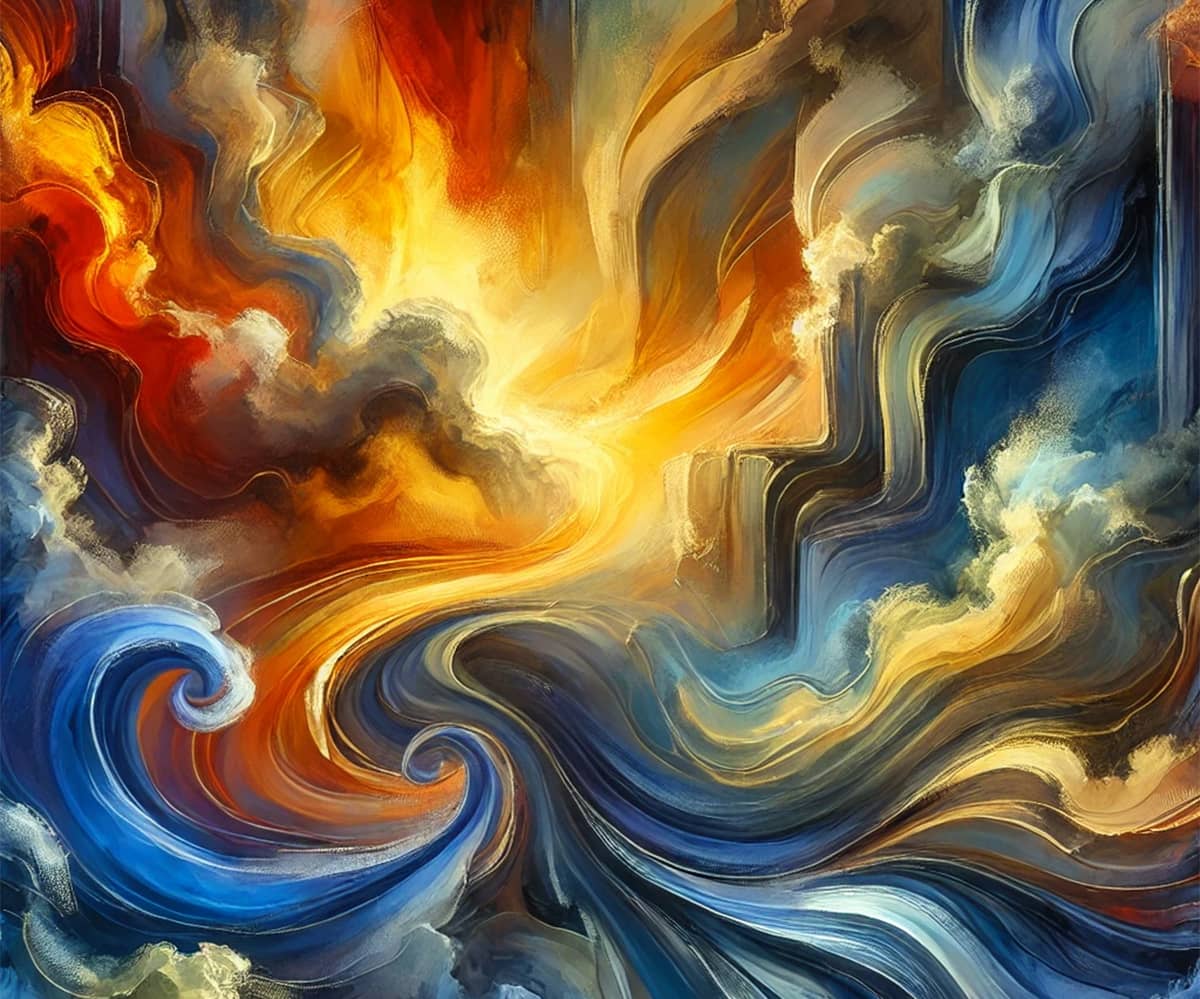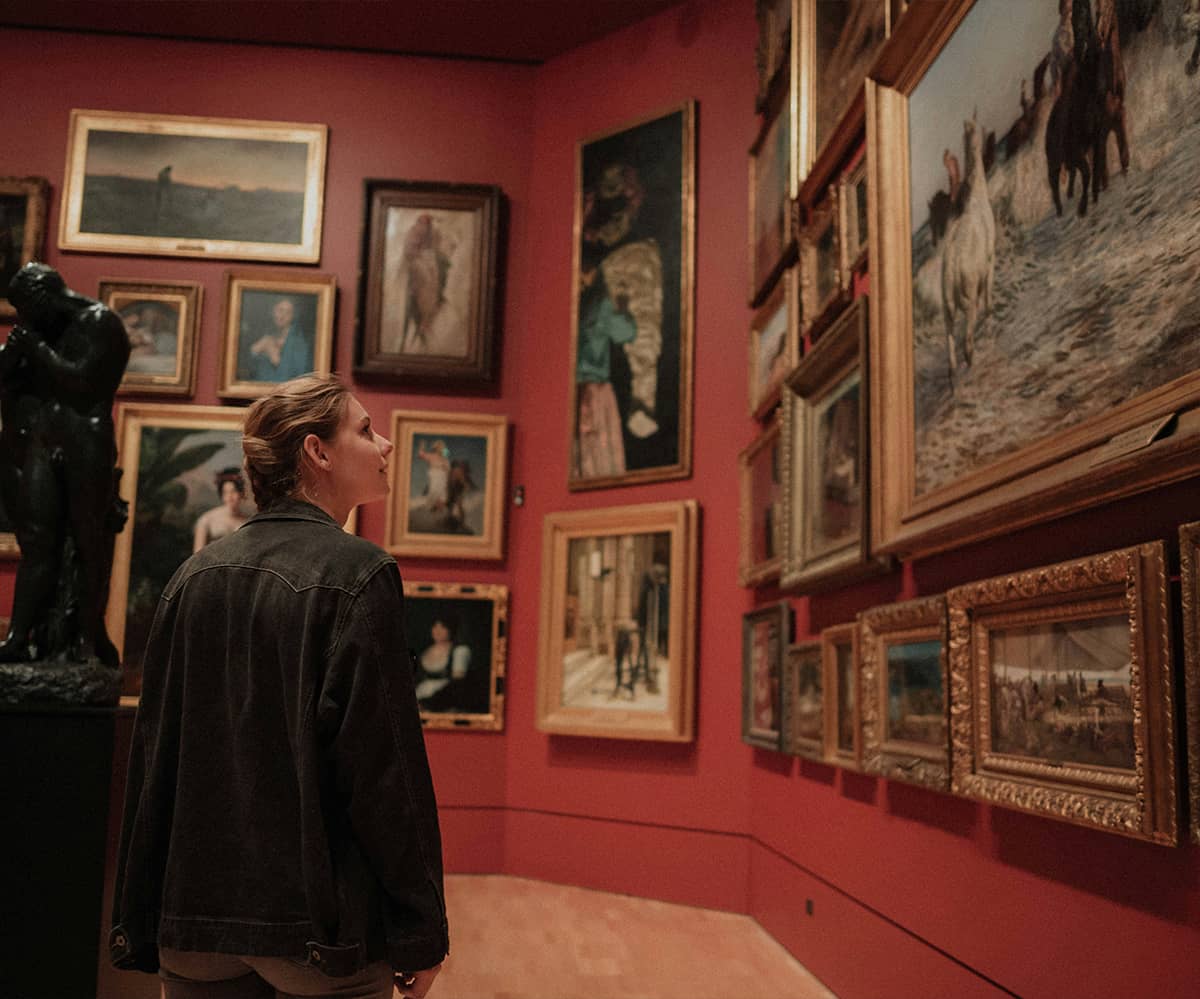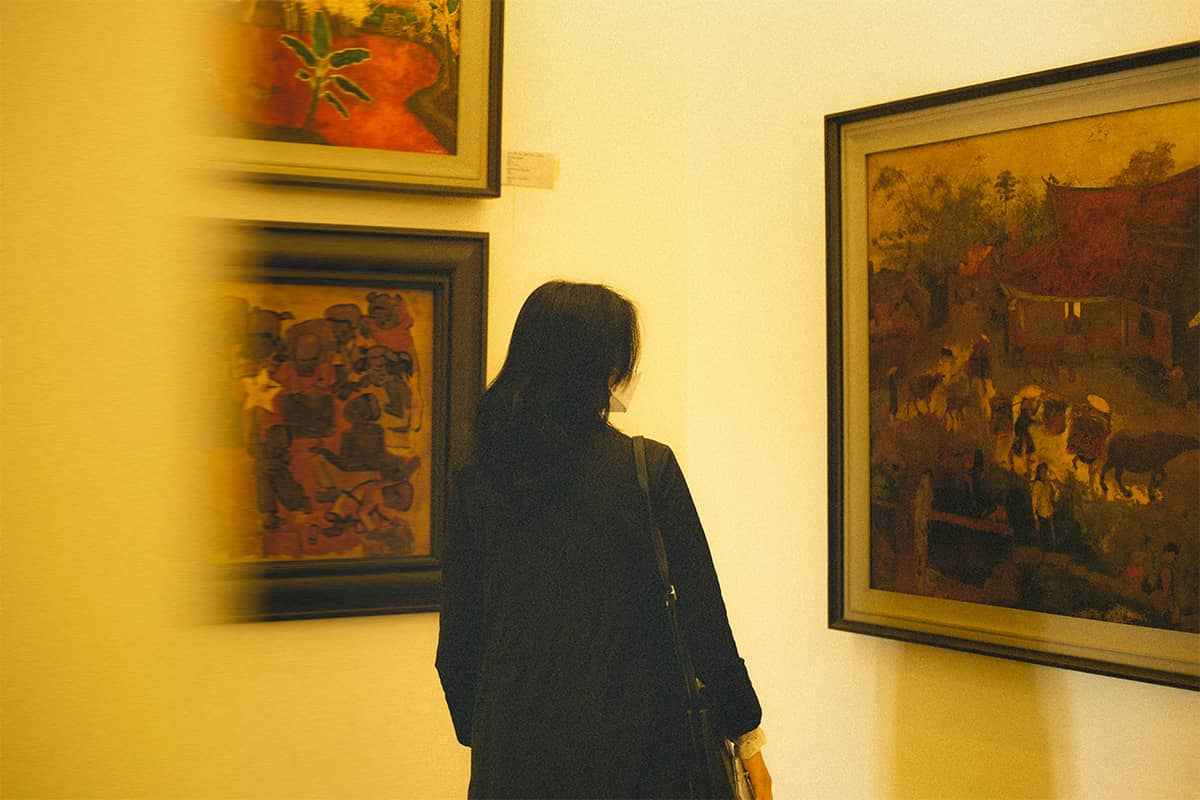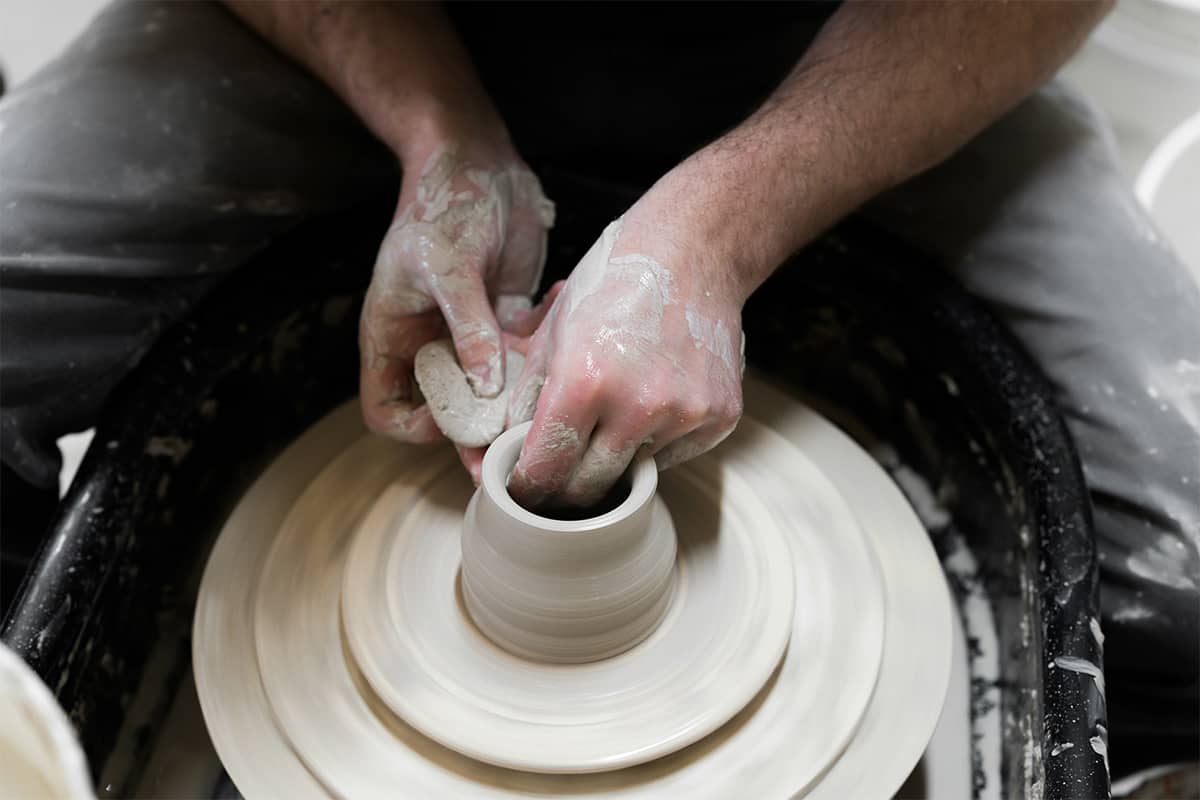The Evolution of Art Styles: A Journey Through Time
Art has continuously evolved throughout history, reflecting cultural, social, and technological changes. From prehistoric cave paintings to contemporary digital art, each period has brought new ideas and innovations that shape the way we see and interpret creativity today. Let’s take a journey through the major art movements and explore how styles have transformed over time.
1. Prehistoric and Ancient Art
The earliest known art dates back to prehistoric times, with cave paintings found in Lascaux, France, and Altamira, Spain. These works often depicted animals and hunting scenes, serving as a form of storytelling or ritual. As civilizations emerged, ancient Egyptians created highly stylized and symbolic art, while the Greeks pursued idealized human forms in their sculptures and paintings.
2. Classical and Medieval Art
The Classical period, led by Greek and Roman influences, emphasized realism, harmony, and proportion in sculpture and architecture. This was followed by the Medieval era, where religious themes dominated, and Gothic architecture introduced stained glass windows, intricate carvings, and illuminated manuscripts.
3. Renaissance: The Rebirth of Creativity
The Renaissance (14th-17th centuries) marked a return to classical ideals, with artists like Leonardo da Vinci and Michelangelo pushing the boundaries of perspective, anatomy, and human emotion. This period saw the rise of oil painting, naturalistic landscapes, and techniques such as chiaroscuro (light and shadow play) that added depth and realism to artworks.
4. Baroque and Rococo: Drama and Ornamentation
The Baroque period (17th-18th centuries) introduced dramatic lighting, intense emotions, and grand compositions, as seen in the works of Caravaggio and Rembrandt. This style evolved into the Rococo movement, which was lighter, more decorative, and featured playful themes, often commissioned by European aristocracy.
The Baroque period (17th-18th centuries) introduced dramatic lighting, intense emotions, and grand compositions, as seen in the works of Caravaggio and Rembrandt. This style evolved into the Rococo movement, which was lighter, more decorative, and featured playful themes, often commissioned by European aristocracy.
5. Neoclassicism and Romanticism: Order vs. Emotion
Neoclassicism (18th-19th centuries) aimed to revive classical principles of simplicity and symmetry, while Romanticism embraced emotion, imagination, and nature. Artists like Francisco Goya and J.M.W. Turner expressed powerful narratives through expressive brushwork and dramatic scenes.
6. Impressionism and Post-Impressionism: A Break from Tradition
In the late 19th century, Impressionists such as Claude Monet and Edgar Degas challenged traditional techniques by focusing on light, movement, and everyday life. Post-Impressionists like Vincent van Gogh and Paul Cézanne built upon these ideas, adding personal expression and bold colors.
7. Modernism: A Radical Shift
The 20th century saw the rise of Modernism, where artists rejected past conventions in favor of abstraction, experimentation, and new materials. Movements like Cubism (Pablo Picasso), Surrealism (Salvador Dalí), and Abstract Expressionism (Jackson Pollock) redefined artistic boundaries.
8. Contemporary and Digital Art: The Future of Creativity
Today, art continues to evolve with digital media, installations, and conceptual works. Street art, digital paintings, NFTs, and interactive exhibits are reshaping how we experience art. Artists now use technology to push creative limits and engage audiences in innovative ways.
Final Thoughts
The evolution of art is a testament to human ingenuity and cultural transformation. As styles continue to emerge and redefine artistic expression, we can appreciate how each movement builds upon the past while paving the way for the future.
Visit our gallery to explore works inspired by these artistic traditions and see how today’s artists are continuing the journey of creativity.




